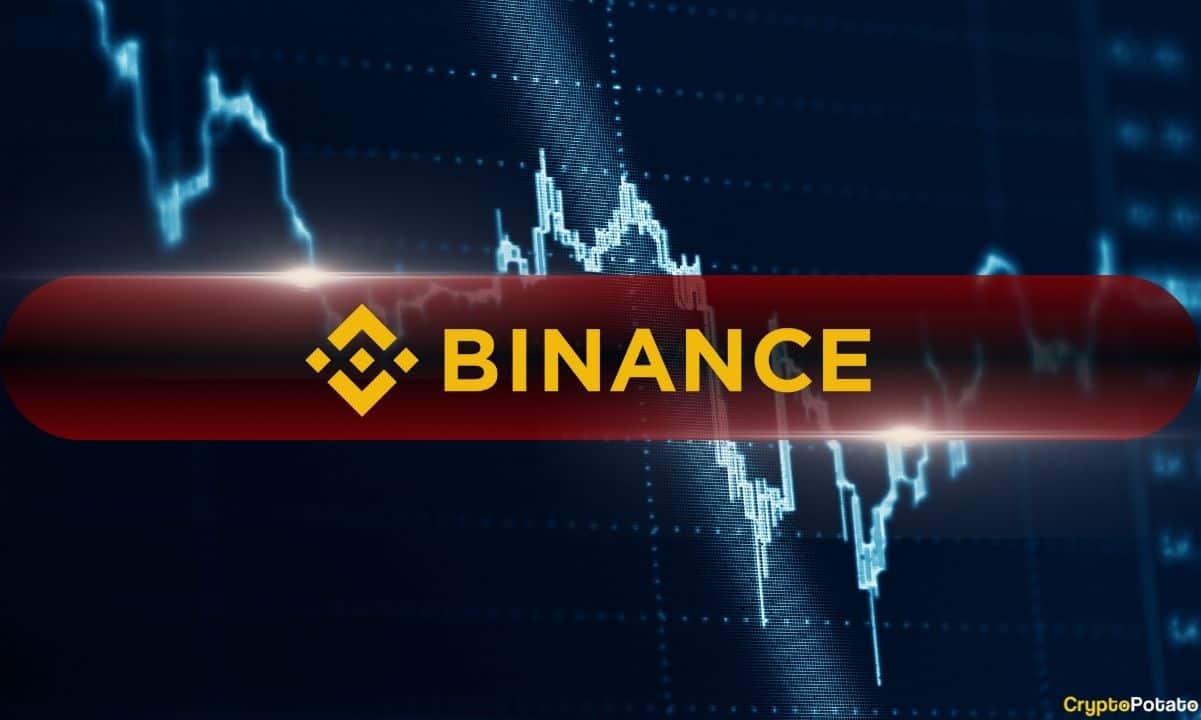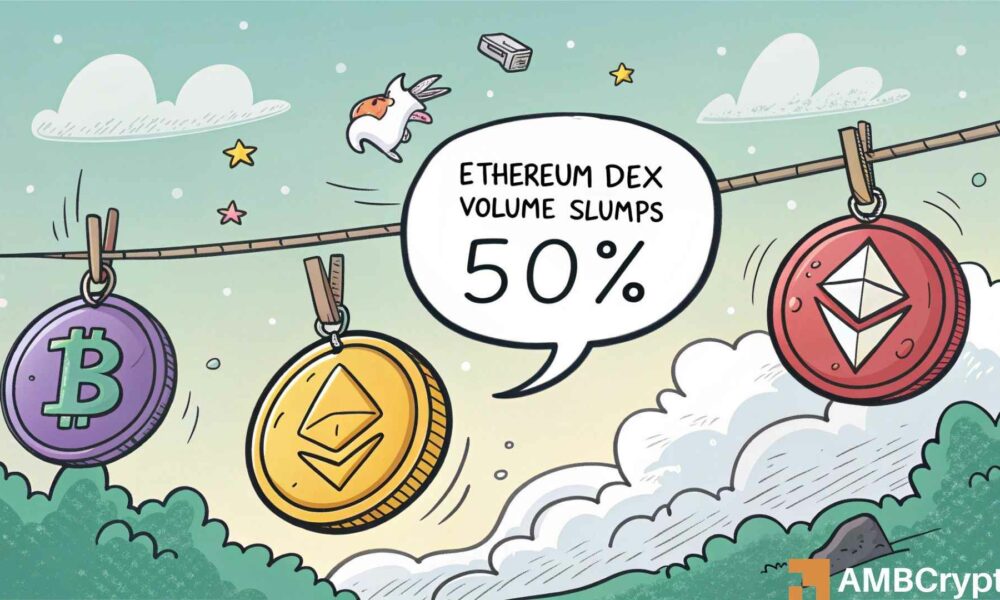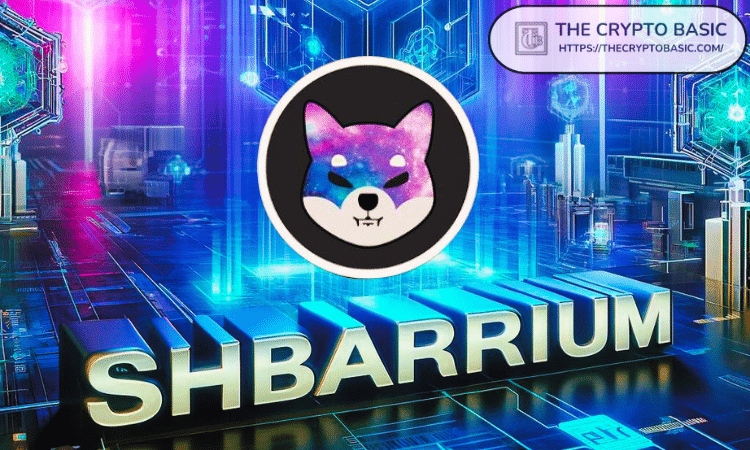Is the NFT Bubble Bursting? The Truth Behind the Recent Plunge in Trading Volume
In recent years, non-fungible tokens (NFTs) have become the darlings of the crypto world. Digital artworks, in-game items, virtual land, and even profile pictures have been sold for astronomical prices. However, since the beginning of 2025, the NFT market has experienced a significant decline in trading volume, sparking widespread discussion about whether the bubble is bursting.
1. The Reality of Plummeting Trading Volume

According to data from DappRadar and CryptoSlam, total NFT trading volume in Q1 2025 dropped by over 70% compared to the same period last year. Major NFT marketplaces like OpenSea, Blur, and Magic Eden have seen noticeable decreases in user activity, and many popular collections such as BAYC and Azuki have hit all-time lows in trading volume.
2. Main Reasons for the Market Cooldown

Decline in Speculation: Between 2021 and 2022, NFTs were seen as a quick-profit tool, attracting irrational capital. With rising global interest rates and stricter regulations, speculative capital has exited, pushing the market to cool down.
User Attention Shift: As new concepts like AI, RWA, and DePIN gain popularity, Web3 users have shifted focus from PFP-style NFTs to assets with practical and financial utility.
Poor Project Quality: Many early NFT projects were driven by hype with little real-world use, leading to a decline in user trust.
Lack of Liquidity: In the bear market, NFT liquidity has dried up, making it hard for holders to cash out, reducing overall buying interest.
3. Bubble Burst or Value Correction?

While the market has cooled, that doesn’t mean NFTs are obsolete. Projects with real applications—like gaming assets, ticketing NFTs, or decentralized identities (DIDs)—continue to gain traction. For example, blockchain game projects like Parallel and Big Time still maintain an active user base.
Moreover, the fundamental value of NFT technology remains intact. Verifiable ownership, programmability, and cross-platform utility are still highly valuable in music, education, ticketing, and other industries.
4. How Should Investors Respond?
Investors should recognize that the NFT market is undergoing a transformation. It’s time to move away from hype-driven behavior and focus on teams and projects with real use cases. The shift from speculation to construction, and from emotion to value, is a crucial step toward the market’s maturity.
Conclusion
The recent drop in NFT trading volume reveals the overheating of the early-stage market. However, this adjustment may well be laying the groundwork for the next wave of innovation. In the ashes of the burst bubble, projects with real value will eventually stand out.
















No comments yet